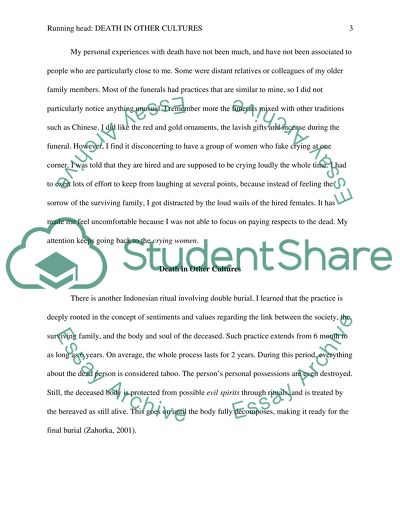Cite this document
(“Taboo - Death Movie Review Example | Topics and Well Written Essays - 1000 words”, n.d.)
Retrieved from https://studentshare.org/psychology/1474818-taboo-death
Retrieved from https://studentshare.org/psychology/1474818-taboo-death
(Taboo - Death Movie Review Example | Topics and Well Written Essays - 1000 Words)
https://studentshare.org/psychology/1474818-taboo-death.
https://studentshare.org/psychology/1474818-taboo-death.
“Taboo - Death Movie Review Example | Topics and Well Written Essays - 1000 Words”, n.d. https://studentshare.org/psychology/1474818-taboo-death.


